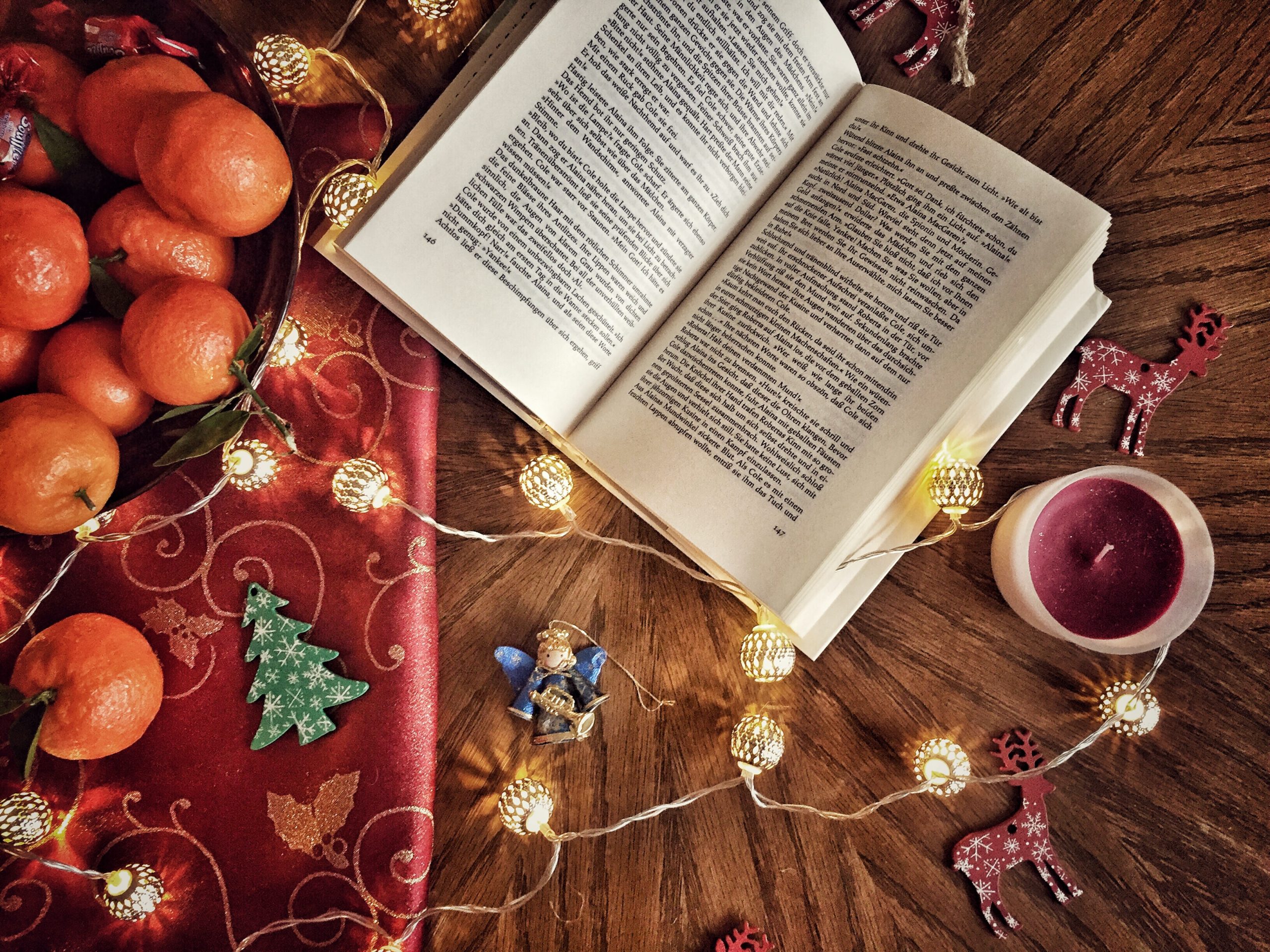Marmee and Louisa by Eve LaPlante
Much has been written and relentlessly speculated about the life of Louisa May Alcott since the publication and runaway success of Little Women in 1868. A great deal of weight has been given to the role and influence of her lightning rod father, Bronson Alcott, as well as Henry David Thoreau, Ralph Waldo Emerson and other notable Transcendentalists on her writing topics and career motivations. Little has been said about her mother, Abigail, as an equally, if not more important, role in Louisa’s life and work. LaPlante, a descendant of Alcott’s, attempts to make that case with her biographical history, Marmee and Louisa. The Marmee in the title is key, as it’s a significant reason LaPlante feels that curiosity about Abigail’s personal life and influence is limited and largely comfortably ignored. Both historians and readers feel they have a clear grasp on her role – the character Marmee has made the real woman, Abigail Alcott, all but invisible.
The result of LaPlante’s undertaking is an informative and engaging biography, but so little of Abigail has been preserved through her actual words and letters, that it’s difficult to further that premise with strong conviction. Marmee and Louisa reads more like a history of Abigail’s (historically significant) family, her relationship with her husband, the family’s struggle with poverty and Bronson’s baffling approach to raising and providing for a family. LaPlante gives a detailed account of Abigail Alcott’s affluent family and upbringing, well-connected relatives, their financial fortunes, and how setbacks were endured and overcome – concentrating on the effect that all of this had on Abigail. Her relationship with Louisa seems loving but also incidental to the shared history of the family. Marmee and Louisa is a fascinating biography of a woman, and indeed a family, whose words and deeds were beyond the times in which they lived.
Thoughts on the audio: I read Marmee and Louisa and then listened to it on audio. It was narrated by Karen White, and she does an excellent job managing the flow of a wealth of information. Many locations were mentioned, the relatives had similar names, and their connections and intermarriages were dense. White’s distinct narration acted as a clarifier of the information presented, and in a book filled with Bronson Alcott’s shenanigans, her reading was also fair and largely unbiased toward any of those mentioned. Both the book and its audio are worthy choices, and not to be missed by those already interested or wanting to learn more about Abigail, Louisa and the Alcott family, and women’s history in the United States surrounding the civil war. Recommended.
The Painted Girls by Cathy Marie Buchanan
Cathy Marie Buchanan captivated me with her first novel, The Day The Falls Stood Still, so I had high expectations for her follow-up novel The Painted Girls. I wasn’t disappointed. She chooses a fascinating angle for her novel of two sisters growing up in the desperate poverty of 19th century Paris.
There are three Van Goethem sisters, but Buchanan’s narrative alternates between the perspectives of the book smart Marie, who after being pulled from school after the death of their debt-ridden father, dutifully applies herself to the arduous training of a ballet dancer as a way to contribute to the family’s meager earnings, and Antoinette, the eldest of the girls. Antoinette does her best to protect her sisters from life’s harsh realities even as her own troubled romance and unrelenting deprivation force her to contemplate thievery and prostitution. Marie eventually gets a position posing for Degas, a rising artist of the time, and Antoinette finds work in the cast of a popular Zola adaptation. Both artist and writer are exploring the role of criminality and society through their works and are heavily influenced by Italian criminologist Cesare Lombroso, a man who posits that destiny is determined by facial structure, and heavy animal like features are indicative of criminality and vice – features Marie fretfully worries over in her own face.
Buchanan is a skilled weaver of history into the realities of everyday life and she outdoes herself here. Paris, that famed City of Light, comes to life vividly through the smells on the streets, the meanness of its people, the filth of their clothes and the desperation of their toil. It is clear that girls have it worse, and the Van Goethem sisters embody how few the choices and opportunities available to women who would try to better their circumstances or to merely escape their poverty – the cost often being their innocence and respectability. Buchanan excels at showcasing the girl’s distinctive personalities, voice, and approach to life. Each of their narratives are both compelling and heartbreaking and as close as if either of them was whispering her story in your ear. The Painted Girl has elements of mystery – a rash of gruesome murders has been committed, and the unease of the city is palpable – but mostly it is an exquisitely rendered love story between these sisters, and the sacrifices they make to ease each others burdens while striving to better their lives in a world where the odds are highly stacked against them. Highly Recommended.



